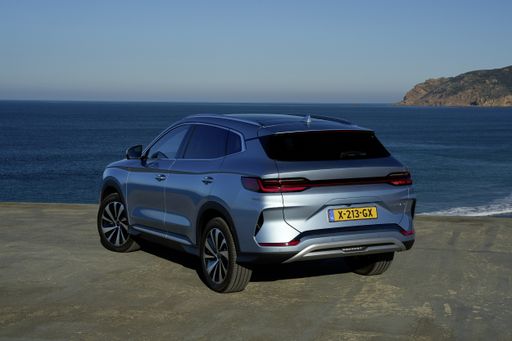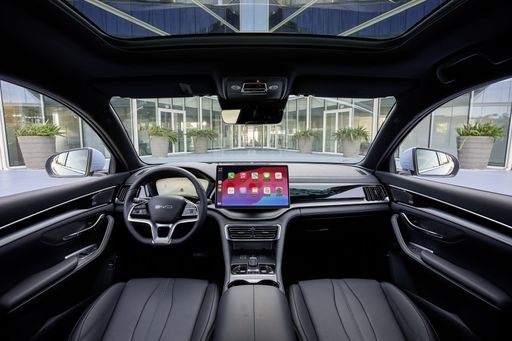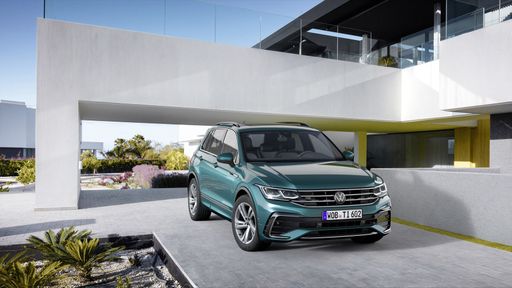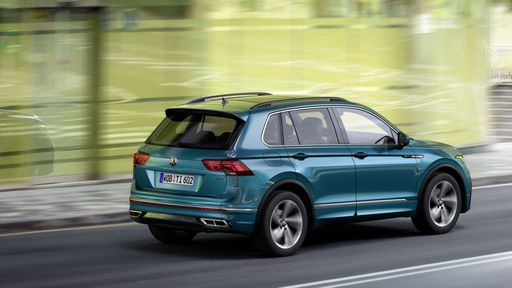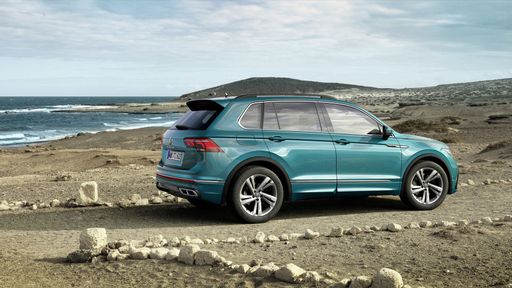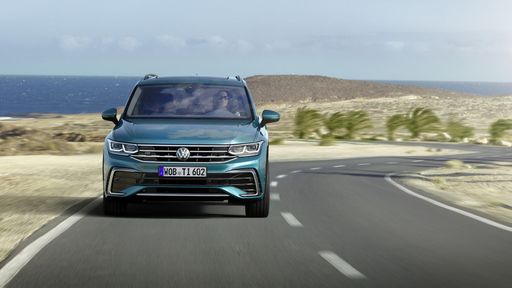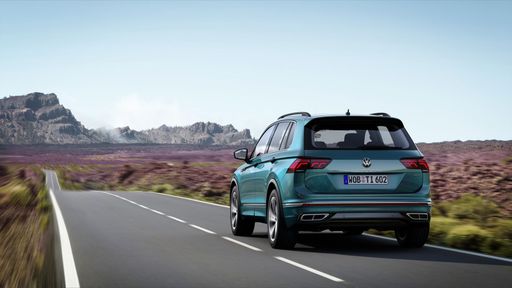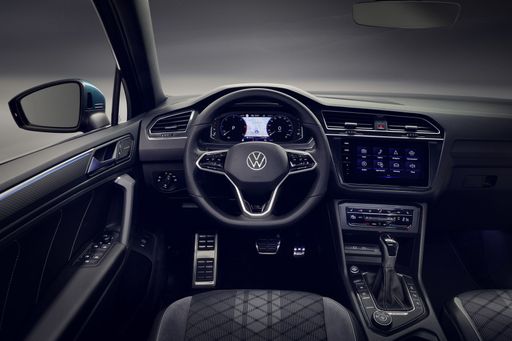BYD Seal U vs. VW Tiguan: A Tech-Driven Showdown
The automotive landscape is evolving rapidly, with electric and hybrid vehicles redefining the future of mobility. Among the frontrunners in this trend are the BYD Seal U and the VW Tiguan, both presenting themselves as robust SUV options but with contrasting technologies and innovations. Let’s dive into a detailed comparison of these two dynamic contenders.


